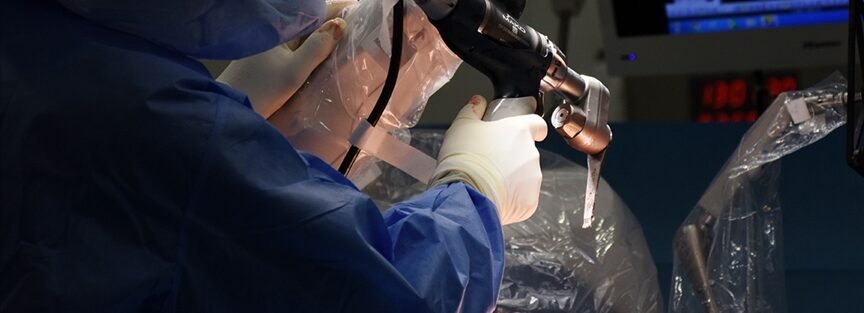Assoc. Prof. Dr. Karakaş stated that women's cancer surgeries are comfortable with robotic surgery and said, "There are few complications both during surgery and after surgery. The hospitalization of patients is also short."
Istanbul
Bakırköy Dr. Sadi Konuk Training and Research Hospital Gynecological Oncology Specialist Assoc. Prof. Dr. Sema Karakaş stated in a statement that they use robotic surgery in oncological surgeries for cancers of the uterine lining, cervix and vulva.
Stating that they mostly perform endometrium surgery with robotic surgery, Karakaş noted that these surgeries, which were previously performed open, started to be performed with laparoscopy, which they call "minimally invasive" with the development of technology.
"Even small cancer cells can be detected"
Karakaş emphasized that even small cancer cells can be detected with the special imaging (infrared) system of robotic surgery.
Stating that the imaging system integrated into the robot enables the stage of cancer to be diagnosed correctly and postoperative treatments to be determined correctly, Karakaş said, "The robot and some laporoscopic devices have infrared technology. It allows the dye that creates a green fluorescent effect to be administered through the cervix and the dye to be followed along the channel it travels. It shows whether the tumor has reached the guard lymph node. We understand whether small tumor cells have come or metastasized."
Karakaş pointed out that uterine tumors have a 15 percent chance of metastasis and continued as follows:
"Uterine cancer causes 15 percent lymph node metastasis, it spreads to the lymph. There is a question mark, 'Are we operating on the patient for the remaining 85 percent in vain? The recommendation for this is to remove all lymph nodes. When this happens, there are many problems such as huge swelling in the patient's legs, lymph edema, vascular injuries, long operation times and hospitalization. Instead, when we see the connection between the tumor and the lymph node, when we see the lymph node marked with the green dye we call ICQ, we can have it examined by pathology specialists in the form of a thin section and we can understand whether there is really a spread here. Thus, we also save the patient from removing all the lymph nodes."
"Few centers in the world perform surgeries with robotic surgery"
Emphasizing that there are many advantages provided by robotic surgery in cancer surgeries, Karakaş said
"Cancer surgeries take a long time, after a while there is hand tremor due to muscle fatigue. Robotic surgery minimizes human-related risks. There is no tremor in the hands, the arms of the robot can rotate 540 degrees. This feature provides great advantages to stop bleeding if there is any bleeding while suturing. We perform our surgeries by being selective with more resolution with three-dimensional imaging rather than two-dimensional imaging. For 2.5 years, we have been performing gynecologic oncology surgeries with robotic surgery completely under state assurance, without the need for patients to make any additional payment. This is the central hospital."
Karakaş, stating that few centers in Turkey and in the world perform surgeries with robotic surgery, said, "Women's cancer surgeries are comfortable with this technology. There are patients we discharge the next day. There are few complications both during and after surgery. The hospitalization of patients is also short. While we hospitalize patients for 5-7 days with open surgery, we hospitalize patients for 1-2 days with the robotic system. There is less pain. As such, the cost is also less."





